|
I just got back from my Dream Vacation That is Not a Vacation. My journey into the caves.
With the guidance of Dr. Carol Aalbers, we had special, personalized tours in multiple caves containing Paleolithic paintings. But we didn’t just go visit the caves. We then took time to process what we experienced together using art, movement, and dream exploration. The Caves I toured five caves, plus a rock shelter. I realize that I am an artist who blogs, not a travel blogger, so I will simply tell you which caves I visited, then talk about the impact they had on me. By the way- photography is not allowed inside the caves, so I am showing images I have pulled off websites devoted to the caves. Lascaux Cave is one of the most impressive and famous Paleolithic art caves in the world. Its so famous that it had to be closed to the public- the breath of so many visitors deteriorated the paintings. So, several replicas have been made. Lascaux is the only cave I saw on this trip that was a replica. Although the replica is truly impressive, being in the actual caves is incomparable. Below are the four real caves I got to see.
A Profound Experience Imagine going underground into a cave. The atmosphere is totally different than the world above. It’s cool, it’s dark, it’s damp. You shuffle along with your tour companions, contemporary human beings with backpacks and rain jackets.
Now, imagine not just hand prints, but mysterious graphic signs, dots, and beautiful, elegant drawings. For me, it was an extraordinary, almost mystical experience. The Artmaking In between the days saw the caves, we would stay at our B&B and make art. The artmaking was facilitated by Kirah Van Sickle. She guided me through art processes using materials that I am not used to, using colors I wouldn’t normally choose, in a format I’ve never done before. First, I created two small paintings on paper, using stencils, little sponge rollers, watercolor pencils, collage, and something called a gelli plate, which is a way to make monotypes. Then, we folded up large pieces of paper to make little tiny 3x3 inch books, which we then adorned, using the same materials. The materials and approach was entirely different than what I normally do, and it brought me away from my routine- and my artistic tricks! I was forced to become more imaginative and loose, and it was a lot of fun. The Essence of Art Why do art? Why do I do what I do? I struggle with making art I describe as "performative," by which I mean, result-oriented. I can easily slide into the territory of doing something for the sake of approval. So, there’s a tension, because on the one hand, I want to do artwork that’s good quality and appeals to people. But on the other hand, I want to make art that purely authentic and comes from my heart. Going into those caves and seeing work from artists/shamans from tens of thousands of years ago really brought me into direct connection with the fundamental drive humans have to dream, to communicate, to create and express ourselves. It reminds me that this is my primary missive, sales and accolades be damned. Are there ways that I could present finished work that features my drawing? Does it have to be anything other than what it simply is? This trip was a profound experience, and I feel very different. My hope is that this difference will continue to grow in my heart and mind, and that it will inform my artmaking from this time forward. Now, off to make some art!
3 Comments
From the adobe-style buildings, to the textiles, to the silver and turquoise jewelry, regional Native American peoples have created the basis of the “Southwest” style.
Museums Abound!
Santa Fe is chock full of museums. Now, I love museums. Wherever I go, I seek out museums, and can spend an almost distressingly long amount of time in them, reading every interpretive panel and label as I go.
Museums are different than when I was young (heck, everything is different than when I was young!) All educational materials were oriented from a white, male, European-oriented point of view. This has really shifted.
The Palace of the Governors
Now, back in 2004, Jim and I visited Santa Fe and went to the Palace of the Governors. I remember seeing exhibits in the long, rambling adobe building situated on the main public square.
There, I learned in great detail about the clash of three groups; Native Americans, the Spanish, and later the “Americans” (I wish to goodness I could call us “United Statesians”- far more accurate!)
Museum of Indian Arts and Culture
Contemporary artwork is included along side of the historical objects, giving an even larger sense of it being a living experience, not a dry report.
The main permanent exhibit is called “Here, Now & Always” The title is appropriate, because it used to be that Native Americans were described in past tense, like they didn’t exist anymore.
Museum of Contemporary Native Arts
What have I learned?
I understand that what I am about to say is going to be a cliché, so please bear with me.
European culture is very compartmentalized. Emphasis on the individual, especially here in the US, is unusually important. On top of that, artists and art are seen as being apart from the rest of society, as being “special” and isolated.
As I was immersed in and experienced what these museums were offering, two main themes emerged.
One, that for these Native American creators, communal identity is a part of what goes into every form of expression. Two, that the things created and displayed were often regarded not as “objects,” but as living things with an energy of their own.
One terrific exhibition at The Museum of Indian Arts and Culture is Grounded in Clay: The Spirit of Pueblo Pottery. The collection of pots and sculptures displayed are from diverse places and times, and were curated by a group of Native American potters, historians, and educators.
In one video, a potter said “Each pot has its own journey. Each pot has its memories.” (See video below)
It seems to me that the act of creation for many Native American artists is not merely an attempt at personal expression, but is an essential tool. A tool not only for cultural survival, but for their communities to thrive, and communicate who they are to the outside world.
Yes, but what about Moi?
For those who love traveling, it can be a tremendously invigorating and inspiring experience. Why? Because it takes you out of your normal life and, in a certain way, changes who you are. It sort of rearranges your alchemic make up. When you come back, at least for a while, everything looks different.
So, when my friend asks me, “what was your favorite part of the trip?” I have a difficult time answering. Which part of me are you asking? What aspects of myself went on this trip with me? The Artist, of course. The Dance Enthusiast The History Geek The Antiquarian/Archeology Nerd (Also, The Spoiled Princess- who can’t sleep because she doesn’t have her special pillow with her.) I am a bit overwhelmed by all the amazing things I saw and experienced on this trip. So, rather than being able to write about it in a single entry, I need to write about it in parts, and let the entries come out when and how they may. This entry is about The Artist in me. I saw a lot of art on my trip, both in museums and in the historic places we visited. Lisbon
I also got introduced to an artist I had never heard of before, Renato Guttuso, which was wonderful. Madrid Madrid is one of the major cities of the world, with two of the truly great historic art museums, The Prado and The Reina Sophia. The Prado houses art from antiquity up to the late 1800’s. It’s a large and unique collection of European art, mostly Spanish, some well-known, others not as much. It includes some of the most famous paintings by Bosch, Titian, El Greco, Rubens, and especially Velázquez and Goya- a LOTTA Goya. Hieronymus Bosch The Garden of Earthly Delights is one of the most wackadoodle paintings of all time, and it is, well, a delight. Velasquez A particularly satisfying art experience was seeing Las Meninas by Velasquez. Painted in 1656, it is over 10 feet tall. It’s one of the most enigmatic paintings of the era, during a time when subject matter was really controlled and standardized. It is like a snapshot of a moment in time, rather than like the rigidly posed and symbolically informed art that was in vogue at the time. There are nine figures in the painting; the Infanta (or, Princess), various attendants, two dwarves (who were also attendants) the king and the queen reflected in a mirror, and Velasquez himself. (A few years ago, I was able to go to The Museu Picasso in Barcelona and see a series of 58 paintings that he did in 1957, all based on Las Meninas. But more about that guy later.) Goya There is happy Goya, then sad, crazy Goya. Then there is dark Goya, who really stepped out of the common, more commercial art-making of the day to create stark, raw paintings and etchings about some of the vile aspects of humanity.
The most famous of these is Saturn Devouring His Son, based on Greco-Roman mythology. I have seen reproductions of these paintings all my life, and to see them in person was thrilling. Picasso Picasso was born in Malaga, Spain. He lived in Barcelona and France. I have gone to a lot of museums devoted to his work. I don’t love all Picassos. He was an immensely prolific artist, who lived and worked a helluva long time. He was one of the most famous artists of all time, even during his lifetime, so if he blew his nose on a hanky, some museum somewhere probably has it. Moreover, he was incredibly versatile and his style ranged widely. So. I don’t love all Picassos. But I love The Guernica. So much that I actually call it The Guernica, for some reason. It’s about the bombing of a Basque country town by Nazi and Fascist Italy forces in 1937. It is over 25 feet long. It is entirely black, white, and variations of warm and cool greys. The forms fold and unfold upon themselves, and it the best of what cubism can offer. The abstraction supports the emotional power of the moment. Chaos, pathos, terror, grief. Seeing it in person was like looking at the Grand Canyon for me. I could see the subtly of the “color”, the ghosts of lines and brush marks that had been corrected or shifted. In the room where it hangs are arranged drawings and paintings that are clearly sketches for the final piece. Also included in this same room was Minotauromachy, a largish etching from 1935. I adore Picasso’s classically inspired etchings, and this is one of the best. Because it is an etching, and therefore there are multiples of it, I have seen it before. But I it was great to see it again.
I somehow doubt I will go into The Spoiled Princess aspect of myself, as it is somewhat embarrassing.
|
Take a Closer Look.
Here is an intimate, in depth glimpse into my thoughts, inspiration and artistic process. Categories
All
Not seeing what you're looking for? My previous blog on blogspot can be found HERE.
|





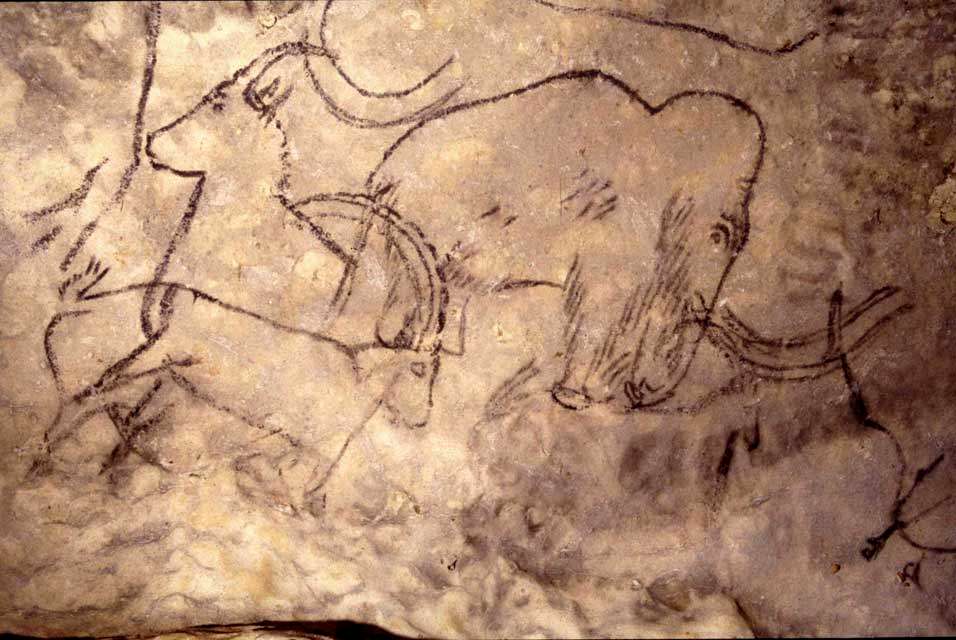
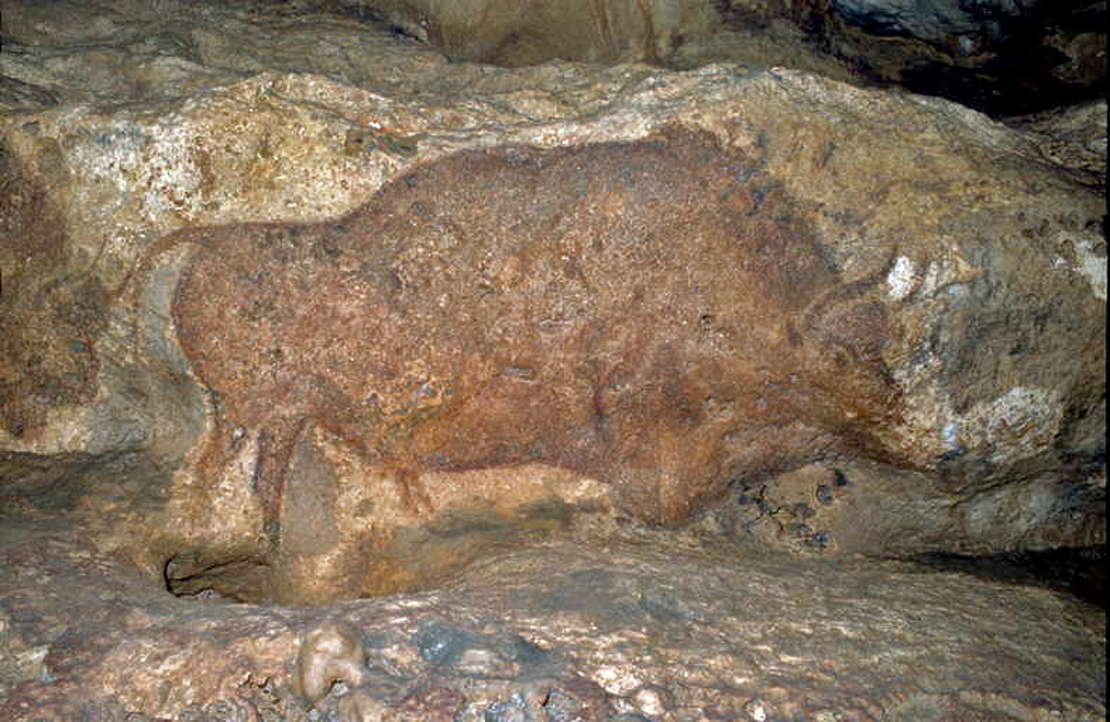
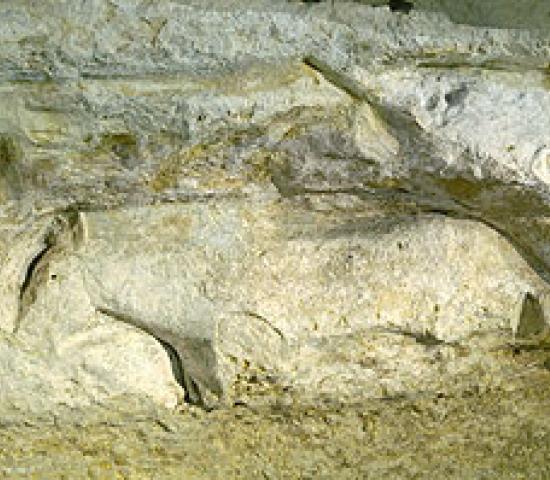

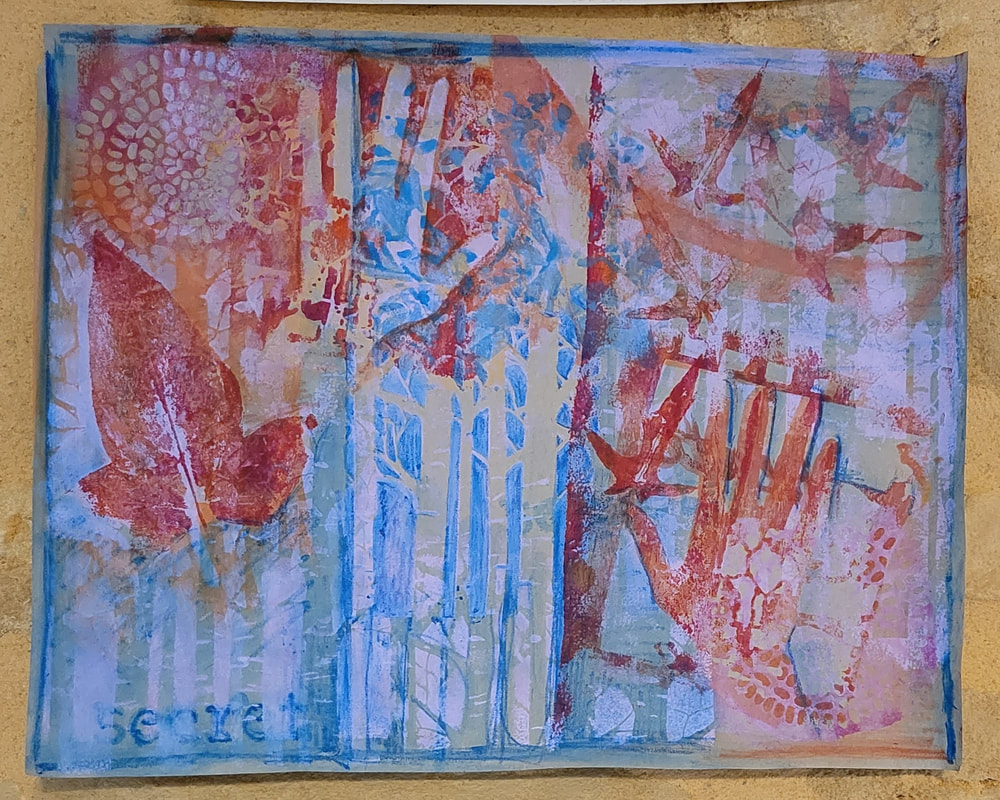


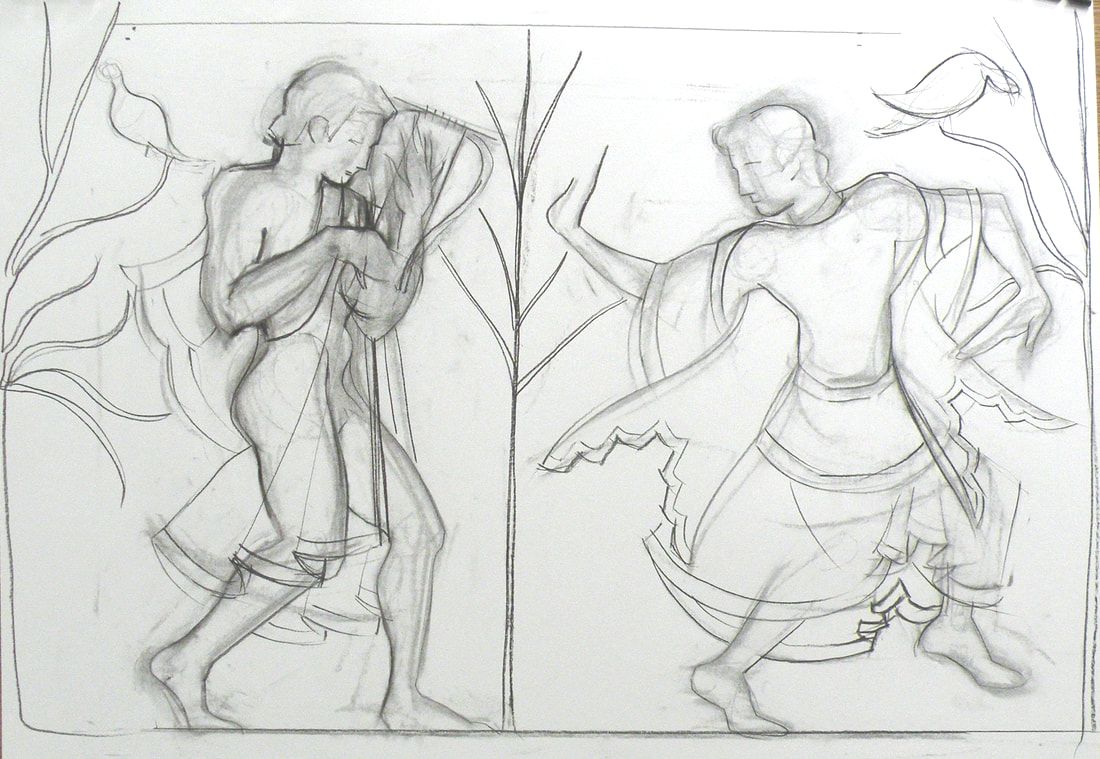






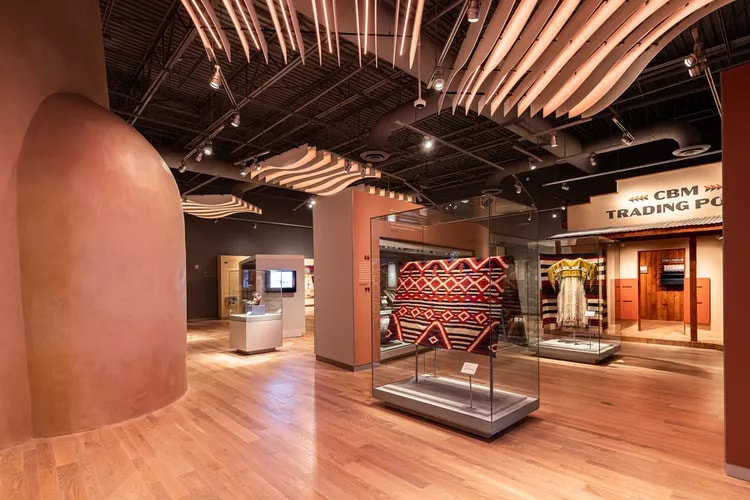


















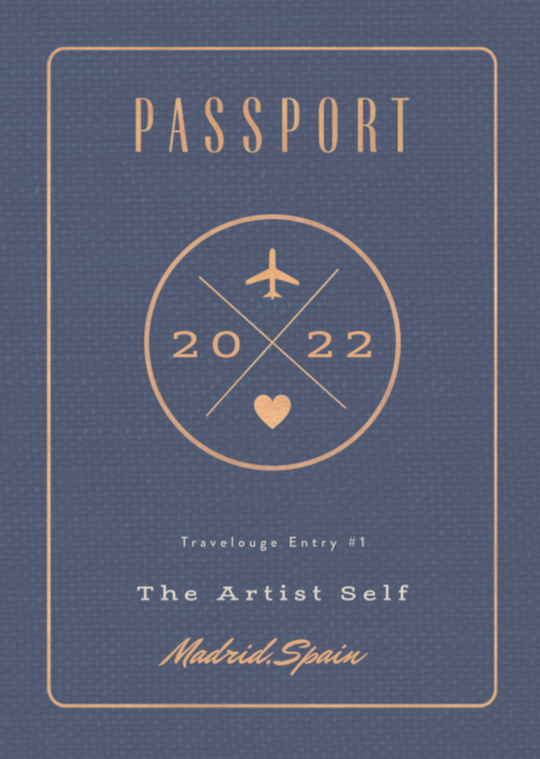
 RSS Feed
RSS Feed